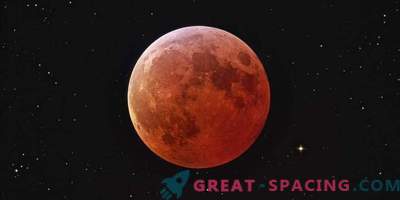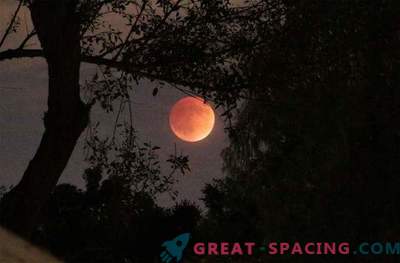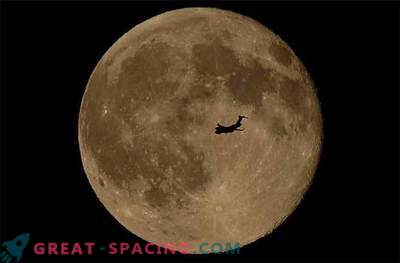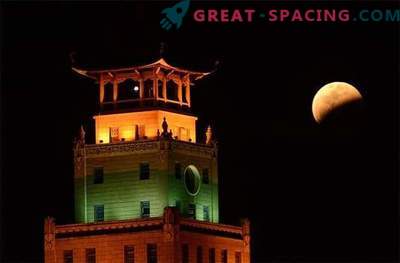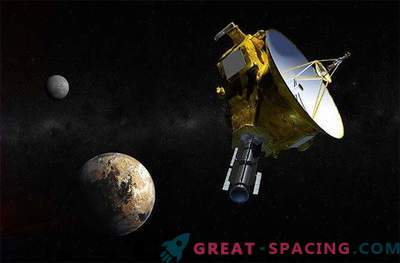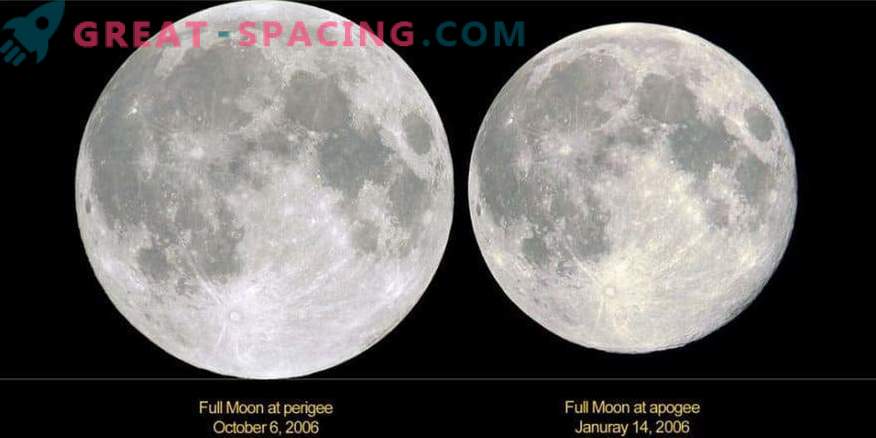
Comparison of the moon at the closest point to the Earth (left) and at the most distant. Changing the distance makes the full moon seem 14% more at the perigee than the apogee
Get ready for the fact that on January 31 you will be able to see three astronomical events: a total lunar eclipse, a blue moon and the beginning of an eclipse 27 hours after the satellite reaches perihelion.
Does such a coincidence rarely occur? Not really. The last time a lunar eclipse fell on perihelion in September 2015. And the total lunar eclipse fell on the second full moon of the month of December 30, 1982. Then the process could be observed from Europe, Africa and Western Asia.
The last blue moon, with a total lunar eclipse, was available to residents of the United States on March 31, 1866. But then it was close to the apogee (the most distant point from the planet). Next time, the total eclipse of the blue moon can be observed on December 31, 2028 and January 31, 2037.
Not such supermoon
The orbit of the earth satellite displays not a perfect circle, but a small ellipse. Therefore, at each site the distance of the Moon from us varies from 363400 km to 405550 km. As a result, the full moon at perigee is 6% larger and 12% brighter than at an average distance (384400 km). Given the orbital extremes, the full moon at perigee can be 14% larger and 30% brighter than at its apogee.
For many people, the full moon always seems unusually huge when it is located near the horizon - the “moon illusion”. Pictures showing the huge moon over the city skyline do not correspond to what the eyes see, as the camera enlarges the image. You can measure the apparent size using a fingertip or the blunt edge of a pencil held in an outstretched hand. The term “super moon” appeared in 1979 because of Richard Nollet. True, he used it every time when a full moon or a new one was within 90% of perihelion. Sometimes two supermoons meet in a row. Our satellite spends 27.3 days on the orbital path, but the Earth also moves around the Sun, so it takes 29 1/2 days to cycle the phases.
Then and now
In modern usage, the second full moon is usually called the blue moon. But in fact this is not always the case. In the lunar calendars, this term has been used since 1946. Until that moment, the blue moon always meant something else. Many people use it to express certain emotions, or even call it a cocktail.
The traditional astronomical definition is concrete. In the almanac of Maine farmers, the term was used for the third full moon of the season, where there were 4 full moon events, not the usual 3.
It is believed that the blue moon appears every 2.7 years. Using the seasonal definition, we can say that the past event fell on May 2016, and the next will be in February 2019. But with the new definition, you can enjoy the blue moon in January and March.
